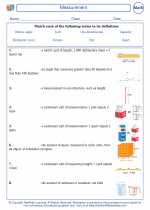What is Surface Area?
Surface area is the measurement of the total area that the surface of a solid object occupies. It is expressed in square units, such as square inches, square feet, or square meters. Surface area is an important concept in geometry and is used to describe the amount of material needed to cover the surface of an object.
How to Calculate Surface Area
The method for calculating the surface area of different geometric shapes varies. Here are the formulas for calculating the surface area of some common shapes:
Cube
To find the surface area of a cube, use the formula:
SA = 6s2
Where SA is the surface area and s is the length of one side of the cube.
Rectangular Prism
The surface area of a rectangular prism can be calculated using the formula:
SA = 2lw + 2lh + 2wh
Where l is the length, w is the width, and h is the height of the prism.
Sphere
The surface area of a sphere can be found using the formula:
SA = 4πr2
Where SA is the surface area and r is the radius of the sphere.
Cylinder
The surface area of a cylinder can be calculated using the formula:
SA = 2πr2 + 2πrh
Where r is the radius and h is the height of the cylinder.
Cone
To find the surface area of a cone, use the formula:
SA = πr2 + πrl
Where r is the radius and l is the slant height of the cone.
Study Guide for Surface Area
When studying surface area, it's important to understand the concept of area and how it applies to different shapes. Here are some key points to remember when studying surface area:
- Understand the difference between surface area and volume. Surface area measures the total area of the object's surface, while volume measures the space occupied by the object's interior.
- Memorize the formulas for calculating the surface area of common shapes such as cubes, rectangular prisms, spheres, cylinders, and cones.
- Practice applying the formulas to solve problems involving real-life scenarios, such as calculating the amount of paint needed to cover a room or the amount of wrapping paper needed to wrap a gift box.
- Be familiar with units of measurement for surface area, such as square inches, square feet, or square meters.
- Review and practice using the formulas and concepts to solve problems in geometry and real-world applications.
◂Math Worksheets and Study Guides Fourth Grade. Measurement
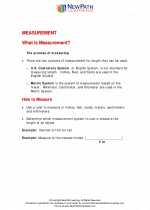
 Activity Lesson
Activity Lesson
 Activity Lesson
Activity Lesson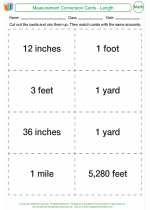
 Activity Lesson
Activity Lesson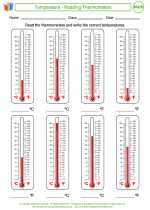
 Worksheet/Answer key
Worksheet/Answer key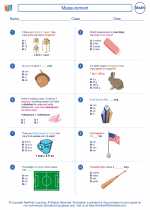
 Worksheet/Answer key
Worksheet/Answer key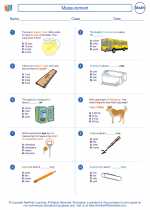
 Worksheet/Answer key
Worksheet/Answer key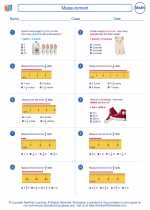
 Worksheet/Answer key
Worksheet/Answer key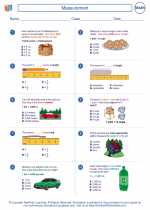
 Worksheet/Answer key
Worksheet/Answer key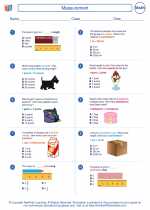
 Worksheet/Answer key
Worksheet/Answer key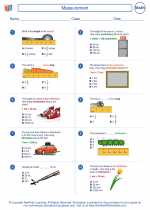
 Worksheet/Answer key
Worksheet/Answer key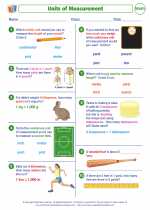
 Worksheet/Answer key
Worksheet/Answer key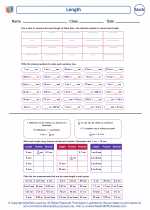
 Worksheet/Answer key
Worksheet/Answer key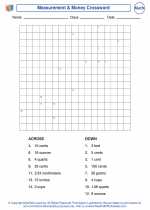
 Worksheet/Answer key
Worksheet/Answer key
 Vocabulary/Answer key
Vocabulary/Answer key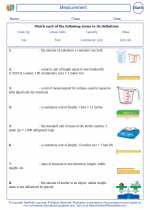
 Vocabulary/Answer key
Vocabulary/Answer key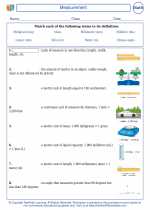
 Vocabulary/Answer key
Vocabulary/Answer key